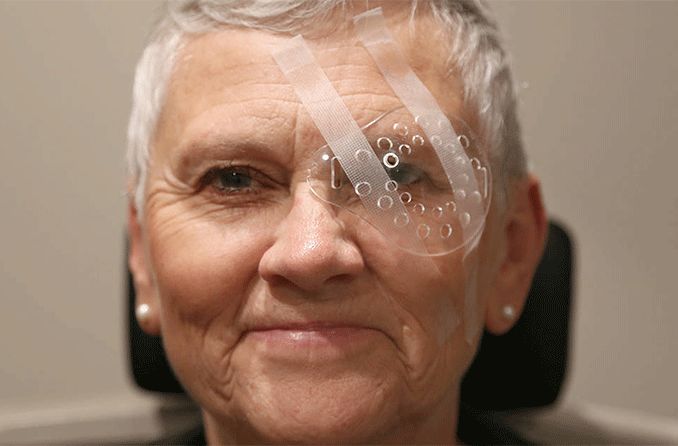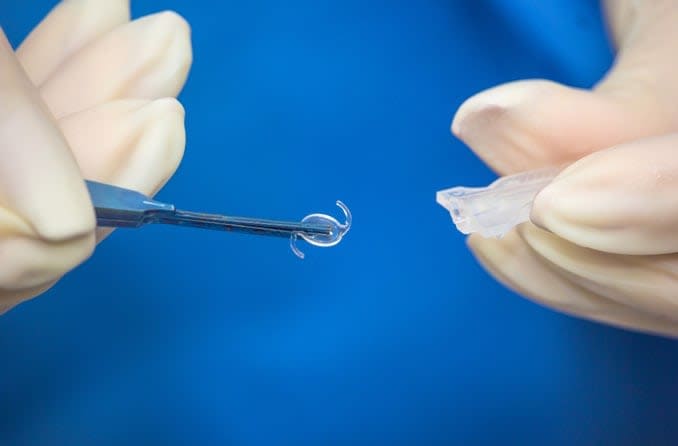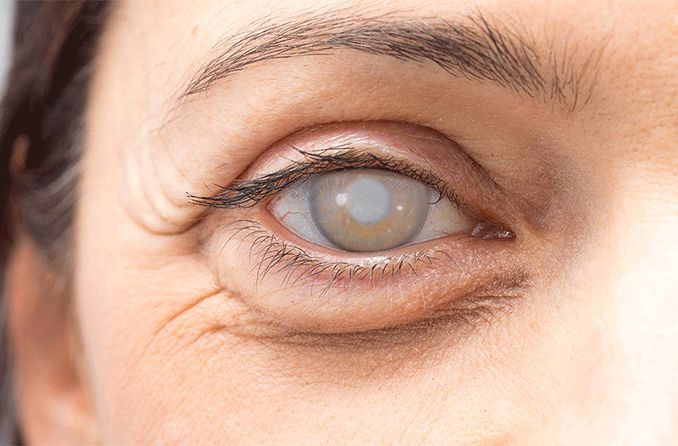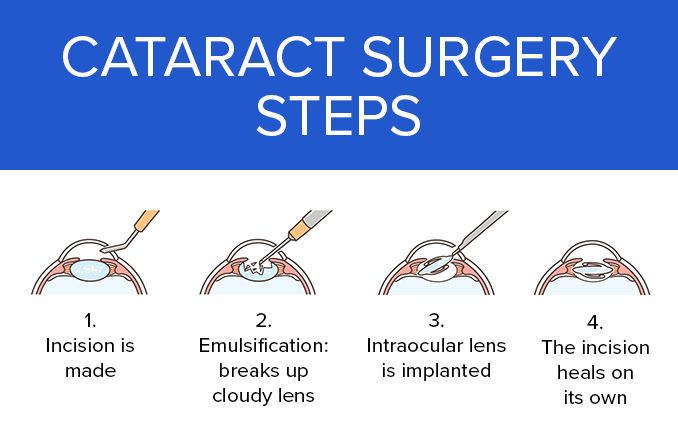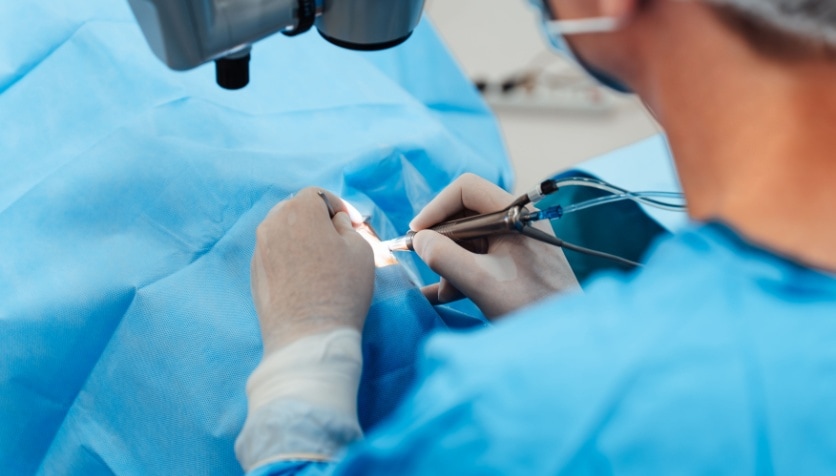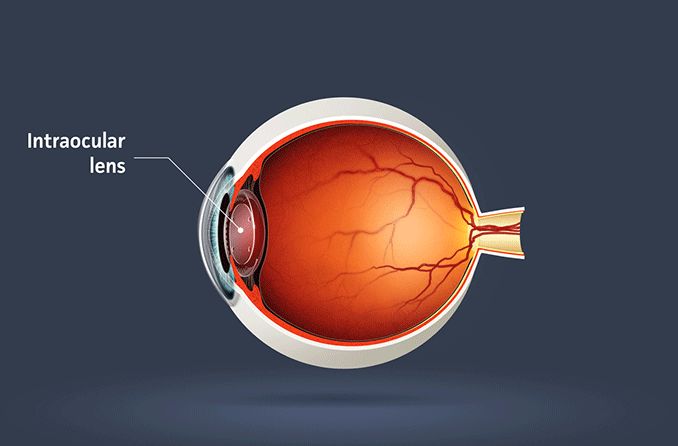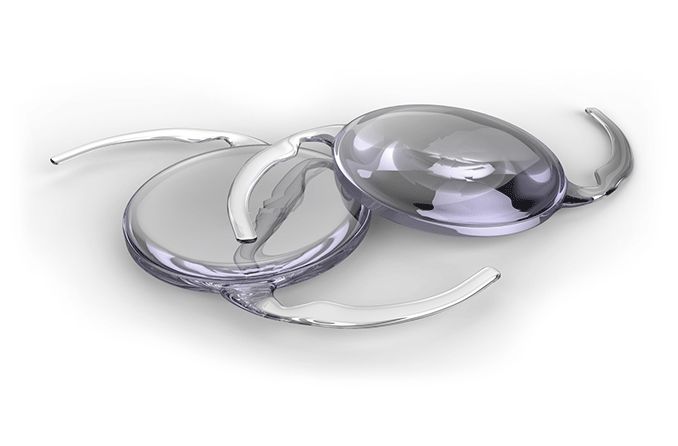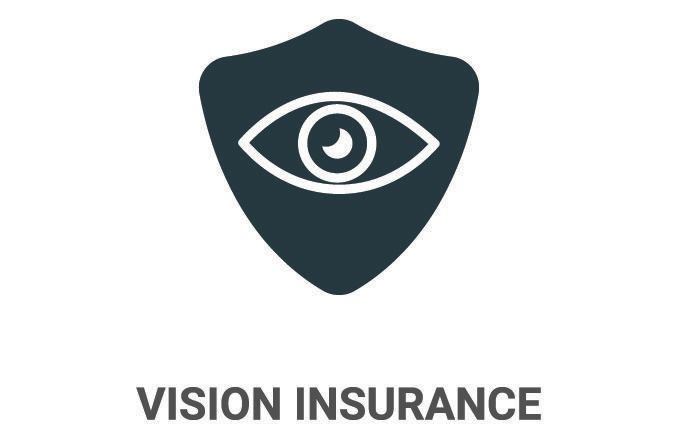How to get the best cataract surgery recovery?
You might be surprised at how good you feel and how easy it is to resume normal activities even the day after cataract surgery.
However, you should observe a few precautions during the first week or so, to make sure you avoid any complications during your cataract surgery recovery.
Your eye doctor typically will prescribe antibiotic eye drops to prevent infection and anti-inflammatory eye drops to help reduce any internal inflammation. You'll need to apply the eye drops several times daily for about the first week following surgery.
Depending on the amount of postoperative inflammation you have, you may need the drops for a few weeks to a month. Make sure you use these eye drops exactly as prescribed.
Oral pain relievers such as acetaminophen may be prescribed, if needed. Typically, however, you should feel only slight discomfort after cataract surgery.
For a safe and speedy cataract surgery recovery, follow these tips:
Don't drive on the first day following surgery.
Don't do any heavy lifting or strenuous activity for a few weeks.
Immediately after the procedure, avoid bending over to prevent putting extra pressure on your eye.
If at all possible, don't sneeze or vomit right after surgery.
Be careful walking around after surgery, and don't bump into doors or other objects.
To reduce risk of infection, avoid swimming or using a hot tub during the first week of your cataract surgery recovery.
Don't expose your eye to irritants such as dust, dirt, wind and pollen during the first few weeks after surgery.
Don't rub your eye after surgery.
Generally speaking, you should be able to perform these activities within a few hours of your surgery:
Computer work
Light TV watching
Showering or bathing
For the best cataract surgery recovery possible, follow your doctor's detailed instructions about how to protect your eye following your procedure. Usually these instructions will be given to you as a handout that you can take home with you on surgery day.
If you need cataract surgery in both eyes, your surgeon usually will wait at least a few days to two weeks for your first eye to recover before performing a procedure on the second eye.
READ NEXT: Refractive cataract surgery
